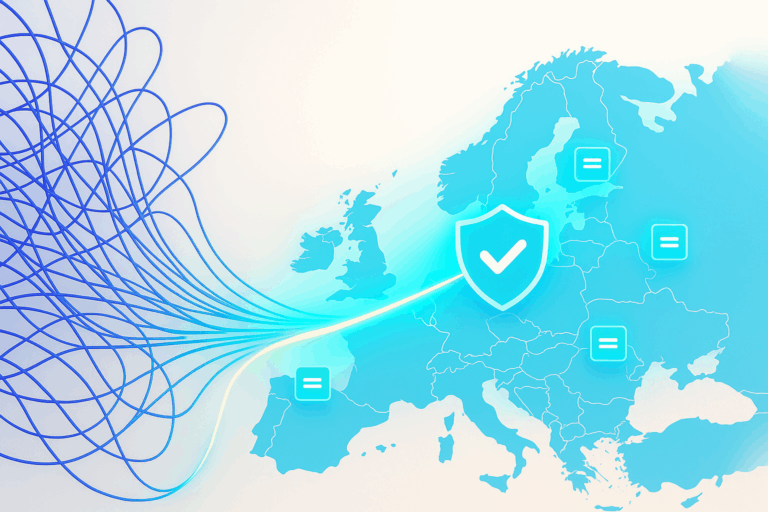
The move to a European Sovereign Cloud is no longer a niche consideration it’s rapidly becoming a strategic imperative for organizations across the continent. Driven by the urgent need for enhanced data privacy under GDPR, robust security measures as mandated by the upcoming NIS2 Directive, and the overarching goal of digital autonomy, European CXOs are at a critical juncture. The year 2025 is shaping up to be pivotal, with new sovereign cloud offerings launching and regulatory deadlines looming.But as you steer your organization towards this new horizon, two fundamental questions likely dominate your strategic planning sessions:
1. What will it truly cost to migrate to a European Sovereign Cloud?
Beyond the sticker price of new cloud services, the journey itself can be fraught with hidden expenses. These can include unforeseen complexities in disentangling from current providers, the extensive internal resources required, the cost of ensuring continuous compliance during and after the shift, and the ongoing risk management associated with such a significant transition. Many organizations find that initial budget estimates quickly escalate, leading to financial strain and compromised ROI.
2. How long will this critical transition actually take, and what are the operational impacts?
Time is a precious commodity. Protracted migration projects not only delay the benefits of your new sovereign environment but can also lead to significant business disruptions, project overruns, and a drain on team morale. In a landscape where agility is key, can your organization afford an indefinite migration timeline that hampers innovation and ties up critical IT personnel?

Beyond migration: Unlocking agility and innovation in your sovereign cloud